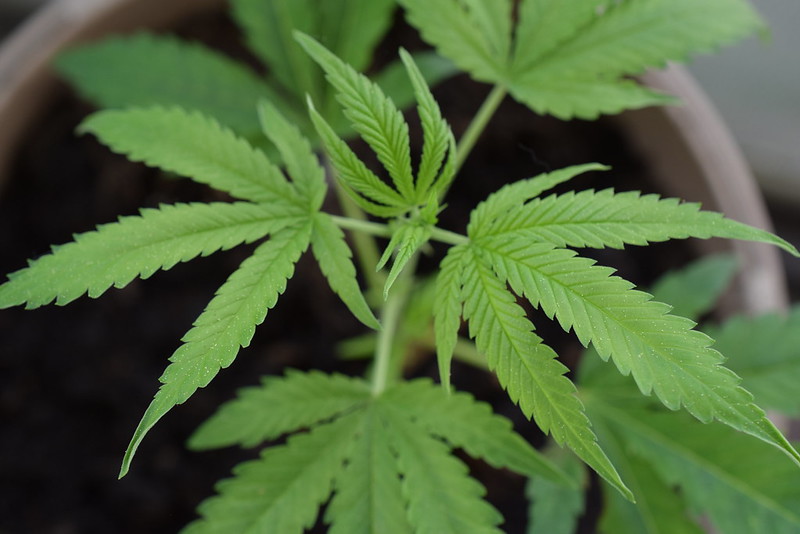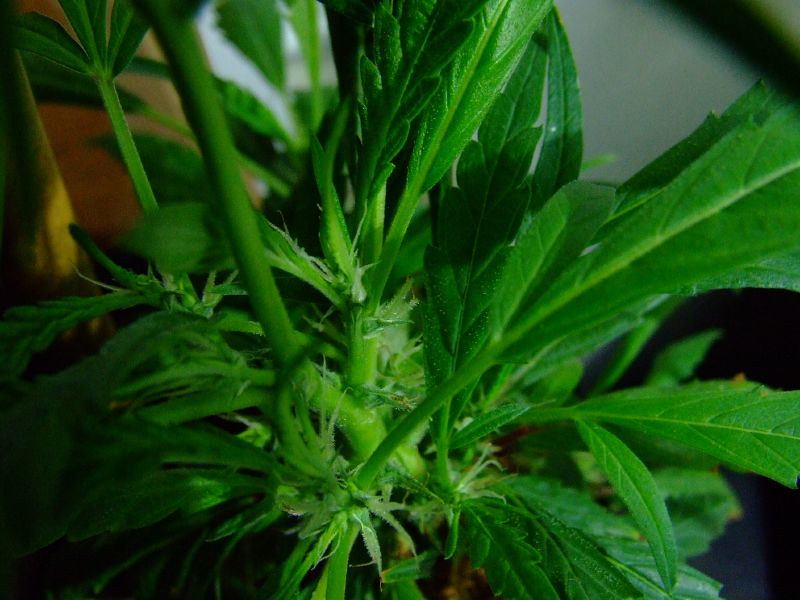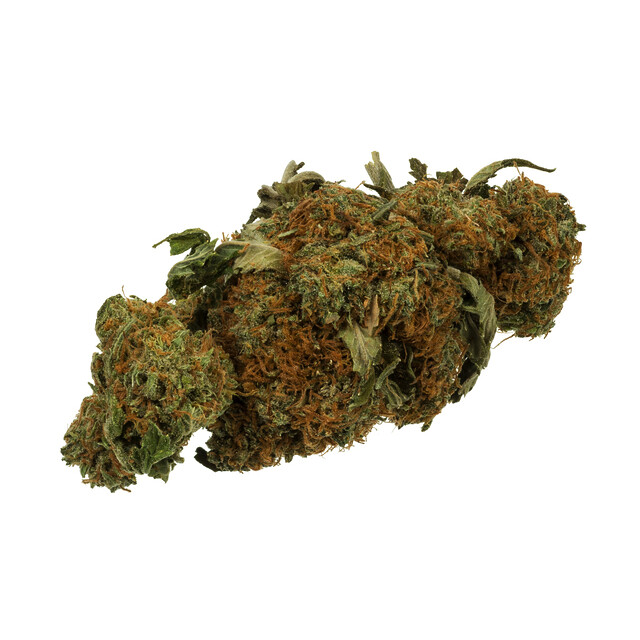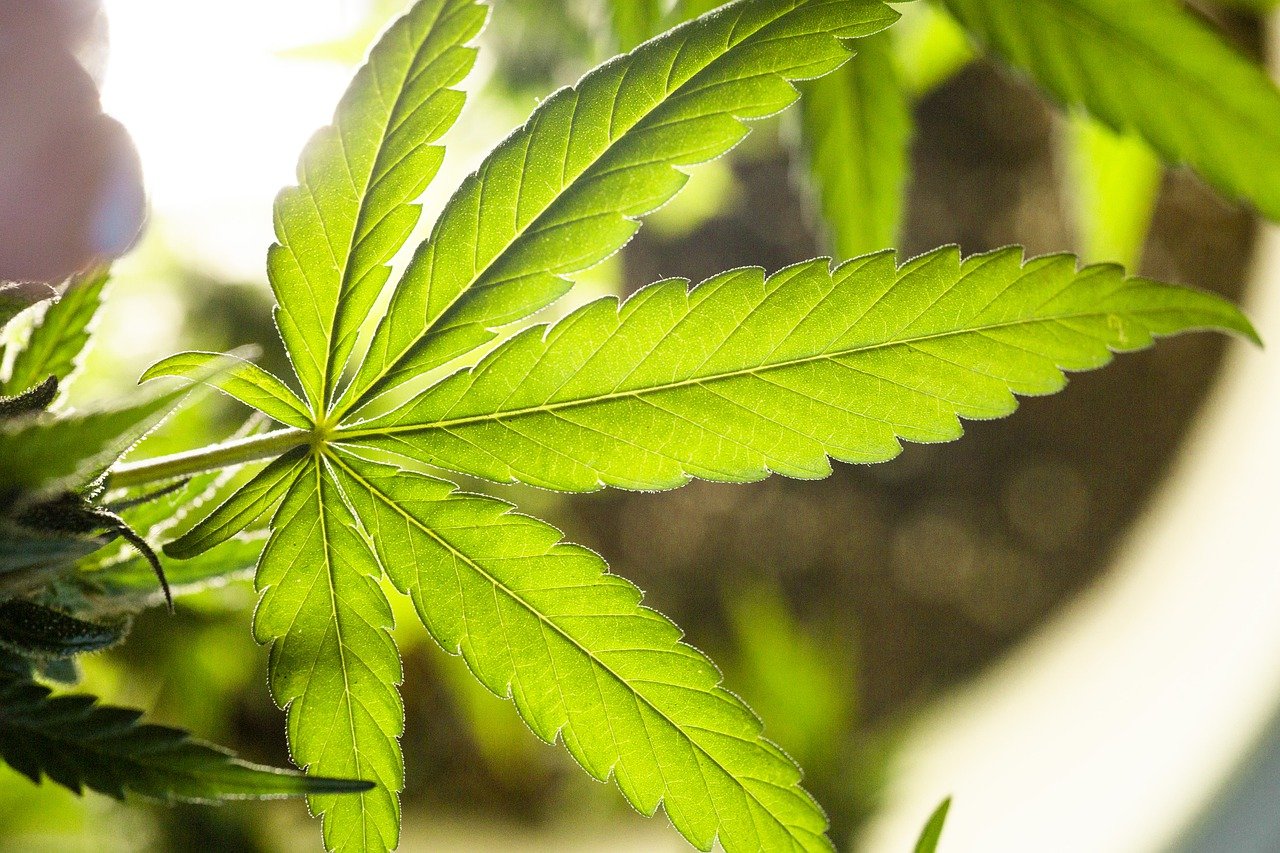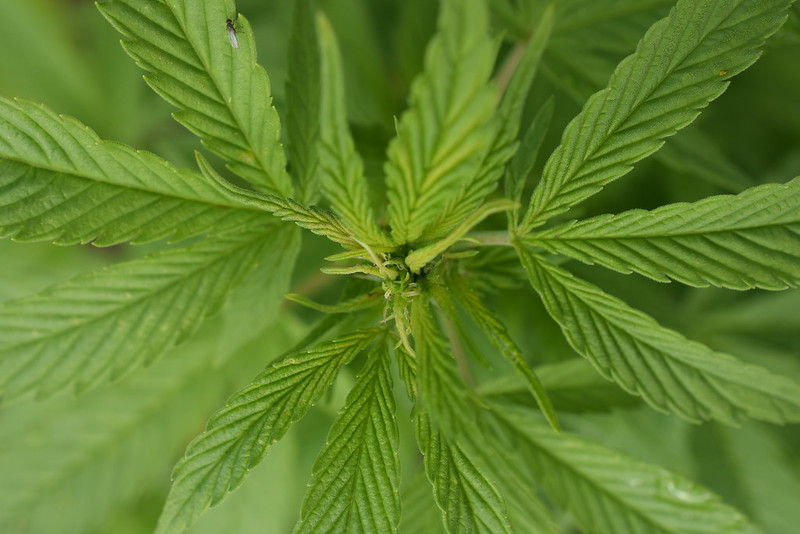From a chemical and medical standpoint, marijuana helps alleviate back pain primarily through the interaction of its active compounds with the body’s endocannabinoid system (ECS), which plays a role in regulating pain, inflammation, and other physiological processes. The two most well-known cannabinoids in marijuana are tetrahydrocannabinol (THC) and cannabidiol (CBD), and both have unique effects on back pain.
1. Endocannabinoid System and Pain Regulation
The endocannabinoid system is made up of cannabinoid receptors, primarily CB1 and CB2 receptors, which are distributed throughout the body. These receptors play a critical role in modulating pain and inflammation.
- CB1 receptors are mostly found in the brain and nervous system and are involved in pain perception.
- CB2 receptors are primarily located in the immune system and tissues associated with inflammation.
Cannabinoids from marijuana bind to these receptors and influence how pain signals are transmitted in the nervous system. The interaction between cannabinoids and these receptors can reduce the sensation of pain and promote relaxation, which is especially beneficial for back pain.
2. THC’s Role in Pain Relief
- THC (tetrahydrocannabinol) is the primary psychoactive compound in marijuana that produces a “high.” It mimics the body’s natural cannabinoids by binding primarily to CB1 receptors in the brain and spinal cord, influencing pain perception, mood, and sensory processing.
- Pain reduction: THC alters pain signals in the central nervous system, reducing the intensity of pain signals that reach the brain. This mechanism is crucial for managing severe or chronic back pain.
- Muscle relaxation: THC can help relax muscles, which is useful for those suffering from spasms or tension, often associated with conditions like lower back pain or sciatica.
- Anti-inflammatory effects: While THC is less potent as an anti-inflammatory agent compared to CBD, it still contributes to reducing inflammation around injured or affected areas of the back, helping to alleviate pain at the source.
3. CBD’s Role in Pain Relief
- CBD (cannabidiol) is non-psychoactive and interacts with CB2 receptors, which are located mainly in the immune system and peripheral tissues. It is particularly effective in reducing inflammation and modulating the immune response.
- Anti-inflammatory properties: CBD inhibits the release of pro-inflammatory cytokines, molecules that promote inflammation. By reducing inflammation, CBD helps alleviate the underlying cause of pain, especially in conditions like herniated discs, arthritis, or sciatica, which involve inflammation in the back.
- Pain modulation: CBD also influences non-cannabinoid receptors, such as TRPV1 (transient receptor potential vanilloid), which is involved in the body’s pain and heat regulation. This helps reduce both acute and chronic pain sensations without altering cognitive function or causing intoxication.
- Muscle relaxation and spasm relief: CBD’s ability to reduce muscle spasms is particularly beneficial for back pain caused by muscle tightness or nerve compression.
4. Combined Effects of THC and CBD for Back Pain
THC and CBD work synergistically to enhance each other’s pain-relieving effects. This phenomenon is often referred to as the “entourage effect,” where the combination of different cannabinoids results in more significant therapeutic benefits than each compound alone.
- THC primarily helps by blocking pain signals and promoting muscle relaxation.
- CBD focuses on reducing inflammation and modulating the immune system’s response to injury, which helps address the root cause of the pain.
5. Reduction of Inflammation
For back pain caused by inflammation (e.g., due to arthritis, disc degeneration, or sciatica), cannabinoids act on the CB2 receptors in immune cells, reducing the production of inflammatory mediators like cytokines and prostaglandins. By inhibiting these molecules, marijuana can significantly reduce the inflammation responsible for causing nerve compression and tissue damage, thus alleviating back pain.
6. Improved Sleep and Pain Management
Back pain can disrupt sleep, which in turn can worsen pain perception and reduce the body’s ability to heal. Both THC and CBD can improve sleep by promoting relaxation and reducing pain, which is critical for healing and recovery from back injuries or chronic conditions.
- THC induces a sedative effect that can help those with severe pain fall asleep more easily.
- CBD helps manage anxiety and stress, which often accompany chronic pain, promoting a more restful sleep without heavy sedation.
Conclusion
From a chemical perspective, marijuana affects back pain by interacting with the endocannabinoid system, where THC and CBD both play roles in modulating pain perception, reducing inflammation, and relaxing muscles. THC primarily targets pain signaling in the central nervous system, while CBD works on reducing inflammation and influencing other receptors involved in pain management. Together, they offer a multi-faceted approach to alleviating back pain, making medical marijuana an appealing treatment option for those with chronic or severe conditions.


